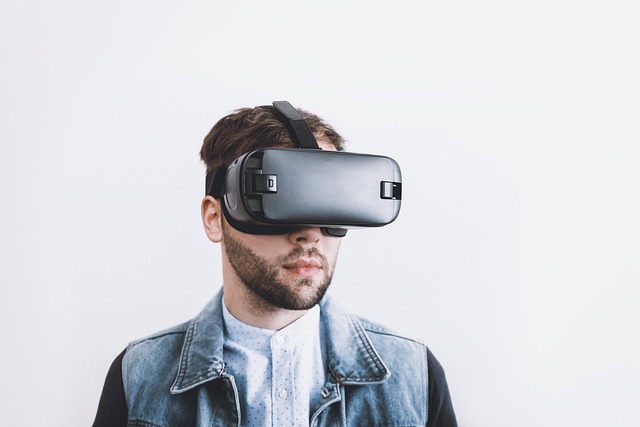In today’s fast-paced world, the integration of modeling and simulation techniques has become vital in transforming how we approach control systems, particularly in the realms of robotics, artificial intelligence, and business automation. These technologies not only enhance efficiency but also empower innovators to create systems that can adapt and respond to the complexities of real-time data.
Robotics has made significant strides due to advanced modeling and simulation methods. Engineers can now create virtual environments that mimic real-world conditions, allowing for rigorous testing and experimentation without the risks associated with actual deployment. This process enables developers to fine-tune robotic behaviors and interactions before they meet human operators or navigate complex environments. By running various scenarios in a simulated space, teams can identify potential failures or inefficiencies, ultimately leading to more reliable and sophisticated robotic systems.
Transitioning to artificial intelligence, modeling and simulation play a crucial role in developing intelligent agents capable of making decisions autonomously. Through simulation, AI developers can assess how algorithms react to certain inputs and scenarios, allowing for improved learning outcomes and smarter decision-making capabilities. This iterative process is akin to nurturing a child—providing a safe space for growth where mistakes can lead to invaluable lessons. The result is robust AI systems that can adapt to unpredictable real-world environments, making them invaluable across various industries.
Moreover, the advent of business automation has been greatly influenced by modeling and simulation techniques. Organizations are increasingly turning to these tools to optimize their workflows, reduce operational costs, and improve productivity. By simulating business processes, leaders can visualize their operations, model different strategies, and foresee the impacts of changes before implementation. This proactive approach ensures that companies aren’t merely reacting to market trends but are instead anticipating them, positioning themselves ahead of the competition.
Imagine a retail business using simulation to forecast customer behavior and adjust inventory levels in advance, or a manufacturing plant utilizing modeling to streamline production lines. These applications create a sense of empowerment among business leaders, enabling them to make informed decisions based on data rather than hunches. As we continue to harness these powerful tools, the future of industries becomes clearer and more manageable, reinforcing a culture of innovation and efficiency.
The intersection of robotics, artificial intelligence, and business automation through modeling and simulation is driving a revolutionary shift in control systems. This convergence not only enhances operational efficiency but also fosters an environment of creativity and exploration. In a world where every second counts, organizations that embrace these methodologies will be at the forefront of operational excellence, crafting solutions that resonate deeply with their strategic goals.




